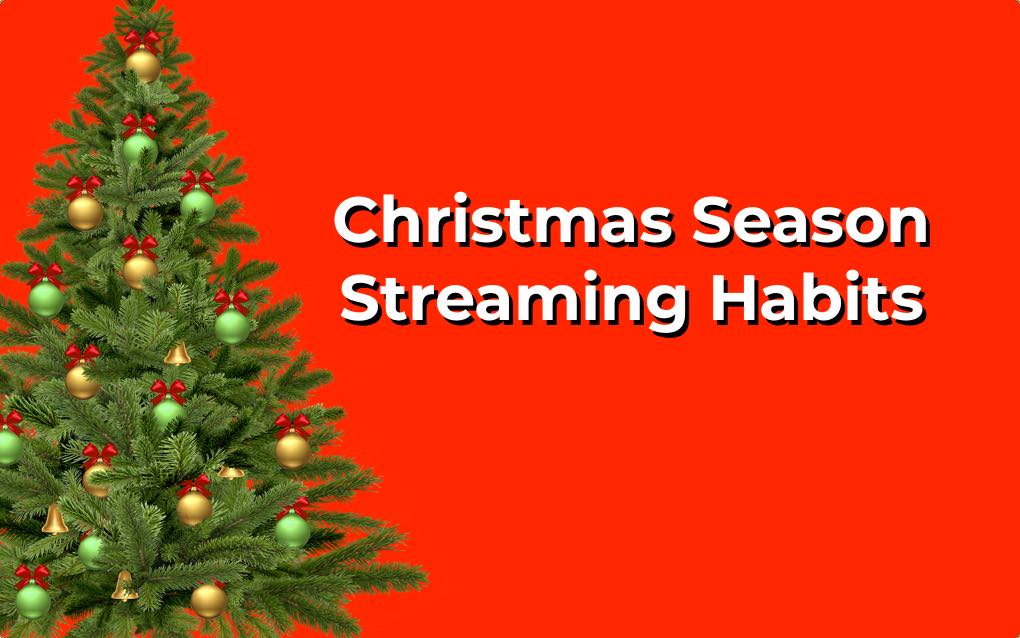The Christmas Season And Its Effect On Music Streaming Habits
One of the things not considered very often by artists, bands and even record labels is the affect that seasonal changes have on listening behavior. The Economist recently did a study and found that the weather conditions during this time of year, especially the Christmas season, made a decided difference on consumer music consumption.

For instance, the additional hour of darkness that we experience after the switch back from Daylight Saving Time increases listening by 1.5%. A decrease of 20 degrees Fahrenheit in average daily temperature results in a 0.1% rise in song-streaming, and snowfall ups the streaming time by a full 2%.
The Christmas Season
The Christmas season is a bit different though, as a snow day brings about a 3% increase in streaming, and rainy days increase listening by 0.5% over dry days. People that live in more religious states (believe it or not, New Hampshire leads the pack here) also listen to more Christmas music
As we race towards Christmas, holiday song listening goes up by a massive 25% in Sweden, followed by Britain at 17% and Germany at 14%. The United States follows at a 12% increase. All Christmas song listening begins in early November and really ramps up in December, except for Brazil. Brazilians aren’t that much into the holiday spirit apparently, as there’s virtually no change in streaming habits until a few days before Christmas, and even then it’s only up 2%.
To put that into perspective, in Sweden and Norway, 1 in every 6 songs streamed during December is a Holiday song, but in Brazil, it’s just one song in every 150. In the United States, 1 in every 9 streams in New Hampshire are Christmas songs, while in Nevada (the lowest) it’s 1 in every 20.
According to Spotify, the top 13 Christmas songs have totaled a few billion streams, with the most popular being Mariah Carey’s “All I Want for Christmas Is You” totaling more than a billion streams. The song has earned more that $60 million since its release and now earns about $4 million per year from Spotify alone.
The study really outlines how the Holiday season really does have an effect on what we listen to, apparently whether we like it or not.
By the way, here’s a link to Spotify’s Classic Holiday playlist. that features songs from 1950 to 1980. Notice how short most of them are. Considering how short pop songs are these days, check out Spotify’s Christmas Pop playlist. Notice how long the songs are.


